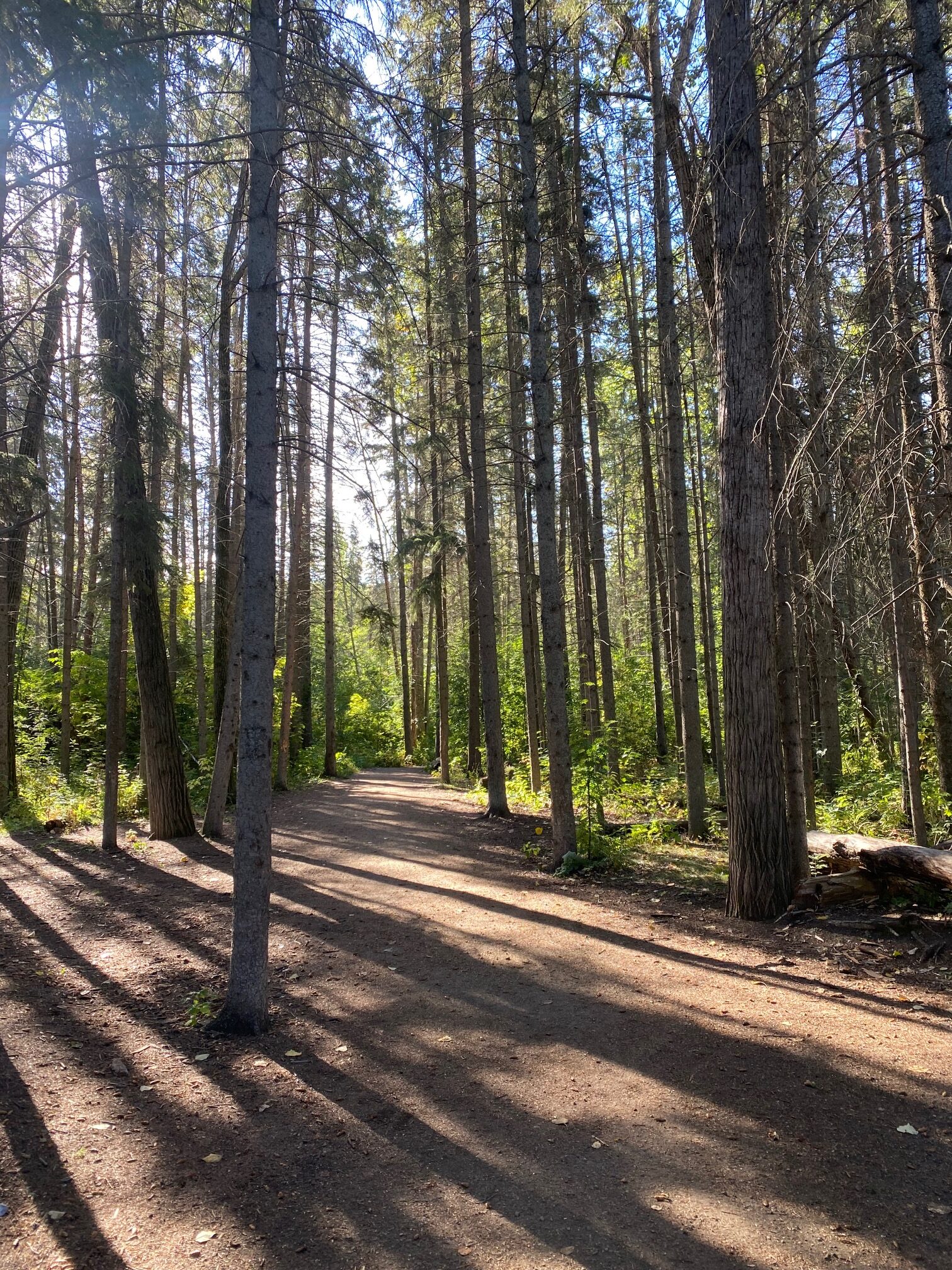The City of Edmonton is building a multi-purpose greenspace located downtown between 107th street and 106th street and Jasper Avenue and 102 Avenue. This new greenspace, called the “Warehouse Park”, is scheduled to be complete in 2025 and will replace several parking lots that occupied the area.
Developing Green Spaces are Invaluable if They are Well-Designed
Developing greenspaces are worth their weight in gold if they are well-designed. Integrating natural elements into the urban jungle makes surrounding real estate incredibly attractive for residents and increases their quality of life.
It is not enough to throw down a slab of lawn and a couple of trees and call it a greenspace. They are also a waste of resources because they lack of biodiversity but still require lawn maintenance. Low-quality greenspaces are often a result of inadequate funding.
A Quality, Multi-Purpose Green Space Often Includes the Following:
- Grilling and picnic areas
- Playgrounds
- Gazebos
- Plenty of vegetation including native trees, bushes and grasses and flowers
- Community garden
- Off-leash dog park
- Benches
- Skating rink
- Fountains
- Soccer fields
- Baseball diamonds
- Performance space for concerts, musicians, artists, etc.
- Skateboard and scooter park
- All-season usage
Resident Benefits
Health and Well-being Benefits
Green spaces offer residents a refuge from the concrete jungle, providing opportunities for relaxation, exercise, and social interaction. The psychological and physiological benefits of being in nature are well-documented, including reduced stress, improved mood, and increased physical activity. Residents value green spaces as havens that contribute to their overall well-being.
Community Gathering Spaces
Parks, community gardens, and playgrounds foster a sense of belonging and community. They serve as meeting points for social interaction, where neighbors connect, children play, and cultural events unfold. These spaces cultivate a strong sense of local identity and strengthen the fabric of neighborhoods.
Nature Connection
In an increasingly urbanized world, green spaces serve as gateways to nature. They introduce residents, especially children, to the natural world and foster environmental awareness and stewardship. A resident's ability to access nature without leaving the city positively impacts their relationship with the environment. Green spaces also reduce “heat islands” that cities create. Paved and impermeable surfaces absorb heat creating cities that are warmer than their greener counterparts.
Developer Benefits
Attractiveness and Property Values
Proximity to well-designed green spaces enhances the desirability of a neighborhood and can contribute to increased property values. Real estate developers recognize that green spaces are amenities that attract potential buyers and tenants seeking a higher quality of life.
Balancing Urbanization and Nature
The challenge of urban development lies in striking a balance between growth and preserving green spaces. Thoughtful planning involves integrating green areas into developments, ensuring that residents have access to recreational and natural spaces within close proximity.
Sustainability and Resilience
Incorporating low impact development infrastructure into urban design, such as green roofs, rain gardens, and urban forests, contributes to sustainability and resilience. Green spaces absorb rainwater, mitigate heat, and reduce energy consumption, aligning with the broader goals of environmentally conscious development.
Regulatory Considerations
Urban planning regulations often dictate the provision of green spaces in new developments. These regulations ensure that as cities grow, green spaces remain an essential part of the urban fabric, contributing to the overall well-being of residents.

Volleyball Court, Picnic area, Spray Park, Baseball Diamonds and Skate Park located at Woodlands Water Play Park in St. Albert, Alberta
Economic Benefits
- Prevent overloading our stormwater management systems by absorbing rain and runoff.
- Reducing lawn maintenance
- Native plants and animals can re-establish in their native habitat.
- Erosion prevention
Greenspaces hold a dual role in urban life, serving as a retreat for residents and an integral component of sustainable development. Their importance is undeniable: it is a place of community for residents and is an essential part of urban planning that promotes health, and environmental responsibility. By understanding and prioritizing greenspaces from both the resident and developer viewpoints, cities can create harmonious environments that thrive in the face of urbanization challenges.
Bolson Engineering and Environmental Services is passionate about development. We have partnered with developers across Alberta to streamline their developments. Have a vision? Let us engineer your ideas. Contact us.

